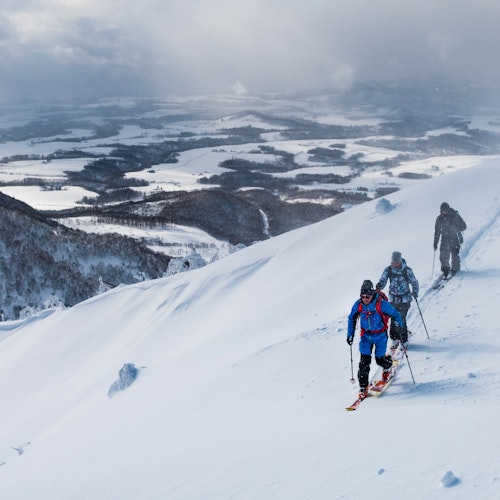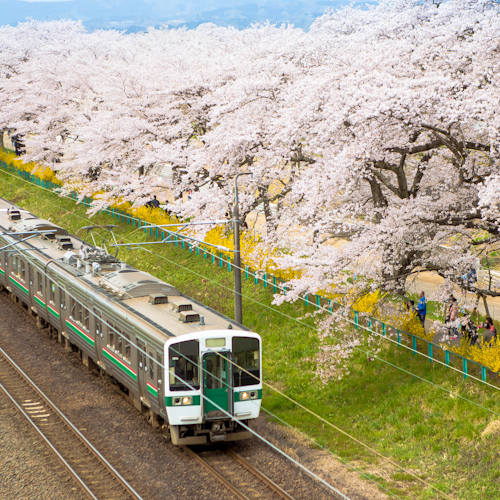
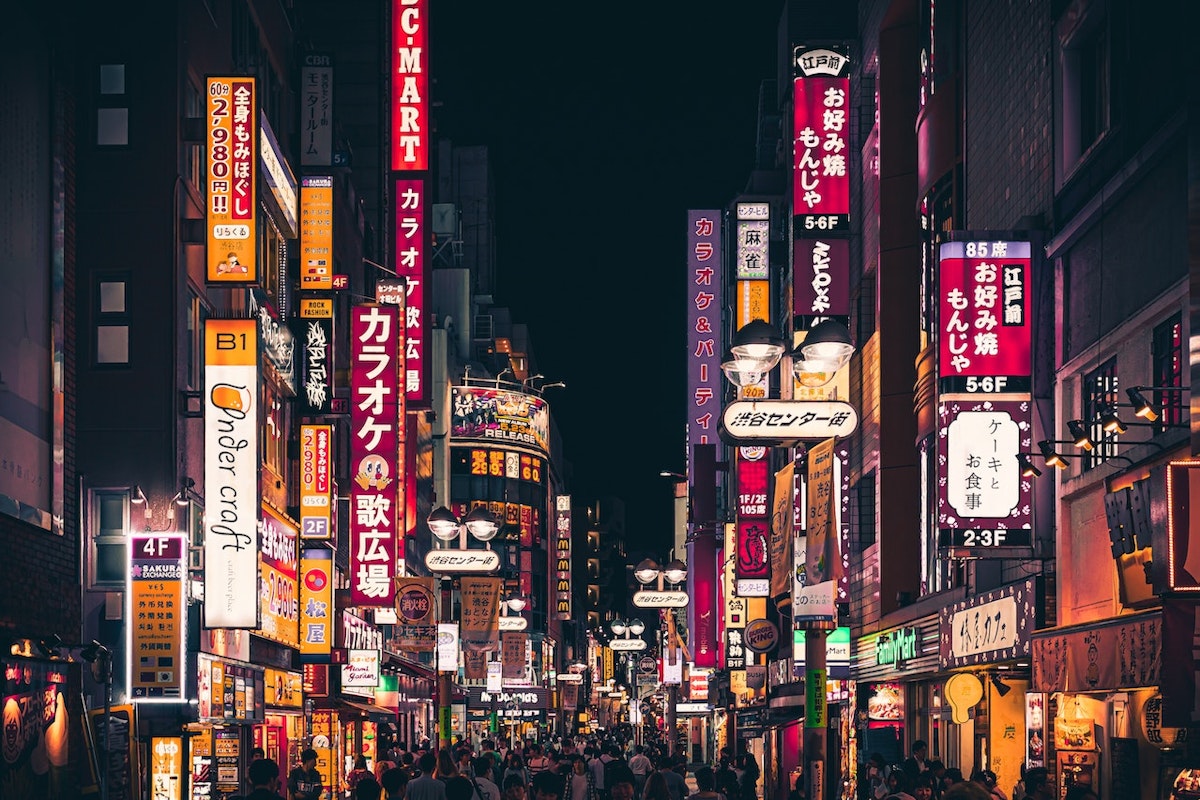
Are you ready to escape the hustle and bustle of Tokyo and venture out into the undiscovered beauty of Japan? Beyond Tokyo's high-tech cityscapes and cultural hotspots lies a world of hidden treasures just waiting to be explored. From breathtaking mountain ranges to ancient temples and hot springs, the surrounding areas offer a unique and unforgettable experience for travelers of all kinds.
In this article, we'll guide you through some of the most captivating day trips and excursions from Tokyo. We'll introduce you to the serene beauty of Nikko, the historic charm of Kamakura, and the stunning vistas of Mount Fuji, among other amazing destinations. Each place has its own unique story to tell and will leave you with a lasting impression of Japan's diverse culture and natural wonders.
So pack your bags and get ready to embark on a journey of discovery as we take you on a tour of the best day trips and excursions from Tokyo. Whether you're an adventure-seeker, culture enthusiast, or simply seeking a break from the city, these destinations are sure to offer an unforgettable experience that will stay with you long after your journey ends.
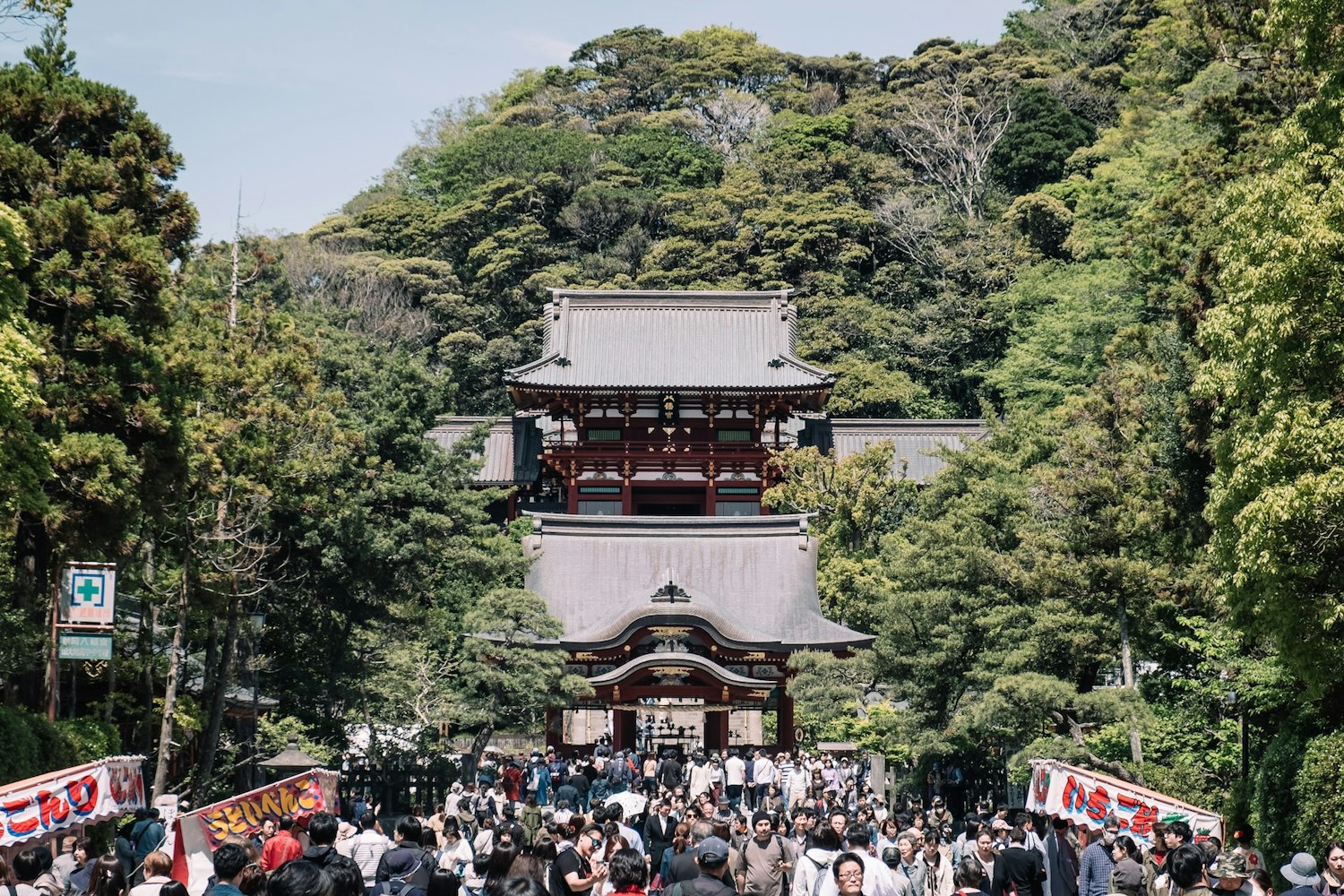
Kamakura is a picturesque city located in the Kanagawa Prefecture of Japan, just a short train ride from Tokyo. It is a popular destination for tourists who want to experience the rich history and culture of Japan outside of Tokyo. Kamakura was once the capital of Japan during the Kamakura Period (1185-1333), and it played a significant role in shaping the country's history.
Kamakura is known for its many historical temples and shrines, as well as its scenic beauty. Visitors can experience the ancient capital of Japan and explore the traditional Japanese culture that has been preserved in the city's architecture and traditions.
Kamakura offers a perfect mix of cultural and natural attractions that make it a must-visit day trip destination from Tokyo. Visitors can immerse themselves in Japan's rich history by exploring iconic temples and shrines such as the Great Buddha, Hasedera Temple, and Tsurugaoka Hachimangu Shrine.

In addition, the city offers stunning scenery with its beautiful beaches and mountains, providing a relaxing and peaceful escape from the city. Kamakura's tranquil atmosphere, combined with its rich cultural heritage and natural beauty, makes it a unique and unforgettable experience for anyone visiting Japan.
Kamakura is a small city, but it has many attractions that are spread out throughout the area. Here are some tips for navigating Kamakura:
1. Transportation Options: The easiest way to get to Kamakura from Tokyo is by train. The JR Yokosuka Line and the Enoden Line both have stops in Kamakura.
2. Best Time to Visit: The best time to visit Kamakura is during the spring (March to May) or the fall (September to November). The weather is mild, and the scenery is beautiful during these seasons.
3. Getting Around: Kamakura is a walkable city, but if you want to save time, you can take a bus or a taxi to get around. There are also rental bicycles available, which is a popular way to explore the city.
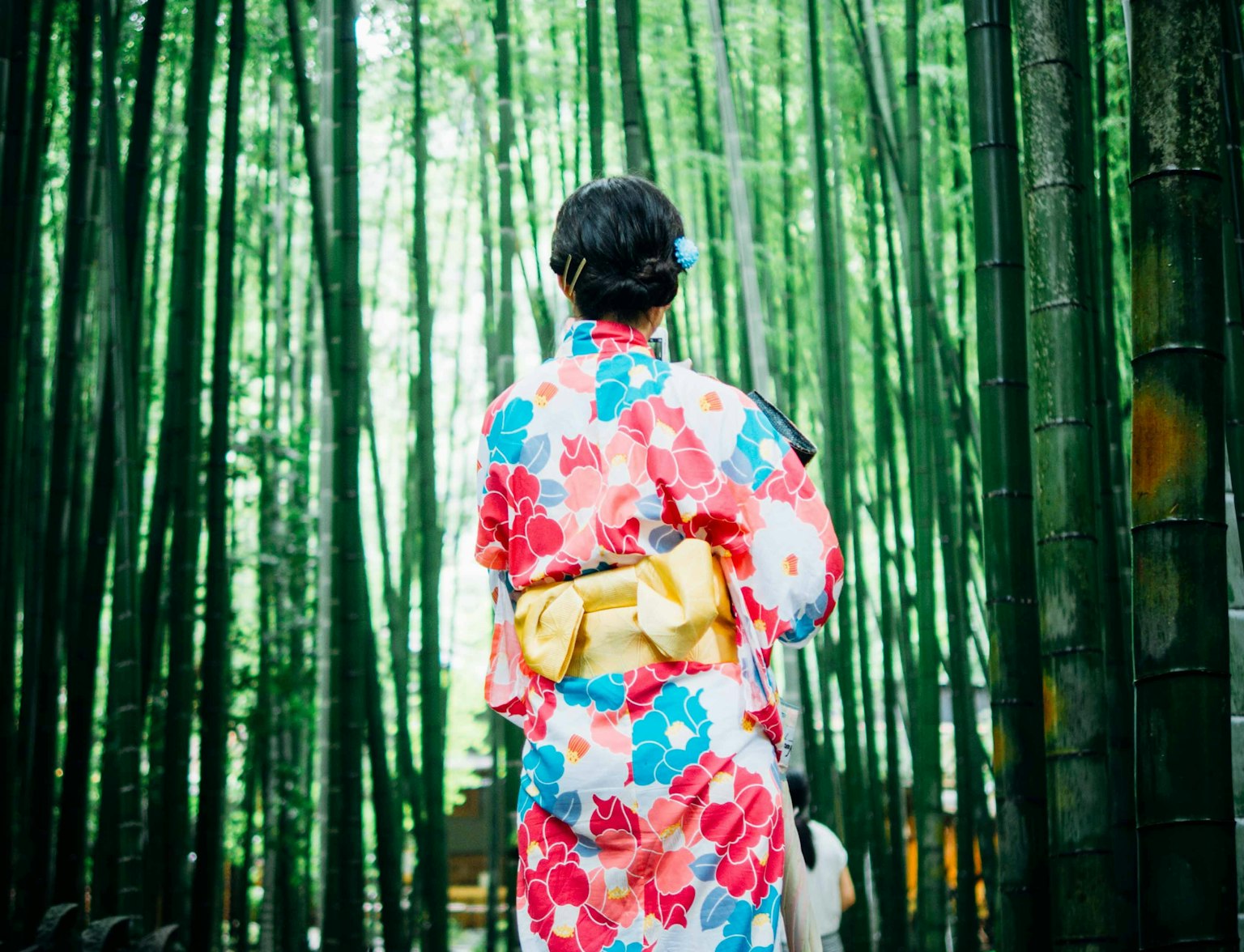
Explore Kamakura with a rickshaw ride.
Nikko is a city located in the northern part of the Tochigi Prefecture, just a few hours from Tokyo. It is a city that boasts a rich cultural and historical significance, making it a popular destination for tourists seeking to explore Japan's heritage. The city's stunning natural beauty and cultural landmarks are a testament to Japan's rich past, and visitors can easily spend a day or two exploring its many attractions.
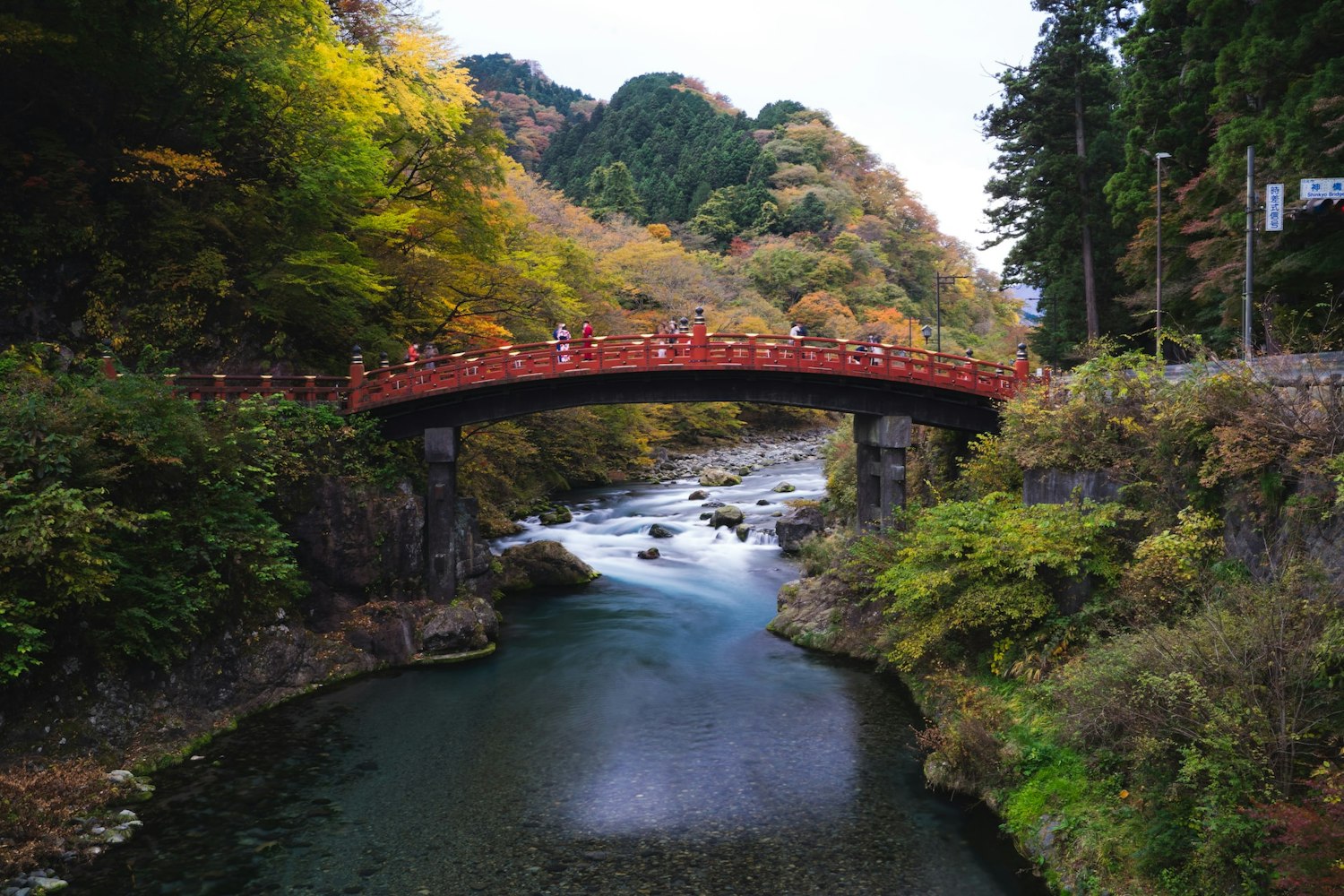
Nikko is home to many iconic landmarks, each with its unique significance and charm. The Toshogu Shrine is undoubtedly one of the top attractions in the city, featuring intricate carvings, stunning architecture, and beautiful gardens. Visitors can also explore the picturesque Lake Chuzenji, which offers stunning views of the surrounding mountains and is a popular spot for boating and fishing.
Kegon Falls is another must-see attraction, where you can witness the majestic waterfall that cascades over 300 feet into the valley below. Additionally, you can visit the Nikko National Park, which offers a range of outdoor activities such as hiking, cycling, and skiing, depending on the season.
Nikko is a city that can be explored in a day, but staying overnight is recommended to fully appreciate its beauty and cultural significance. The best time of year to visit Nikko depends on what activities you plan to do, but generally, the city is beautiful year-round, with cherry blossoms in the spring, autumn foliage in the fall, and winter sports in the colder months.
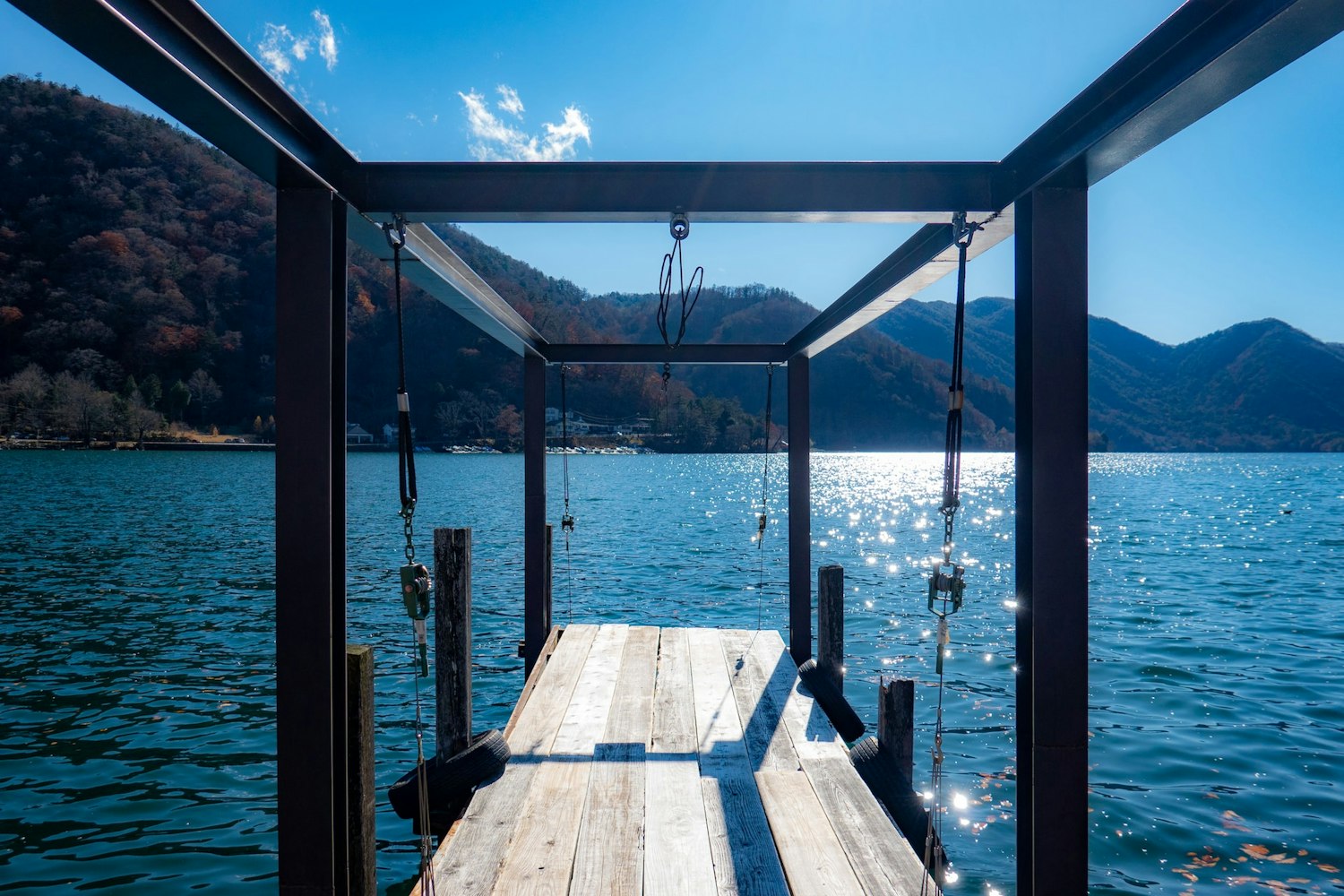
You can access Nikko via train, bus, or car, and transportation options within the city include buses, taxis, and rental bicycles. Planning ahead and purchasing a pass for public transportation can save you time and money when navigating Nikko.
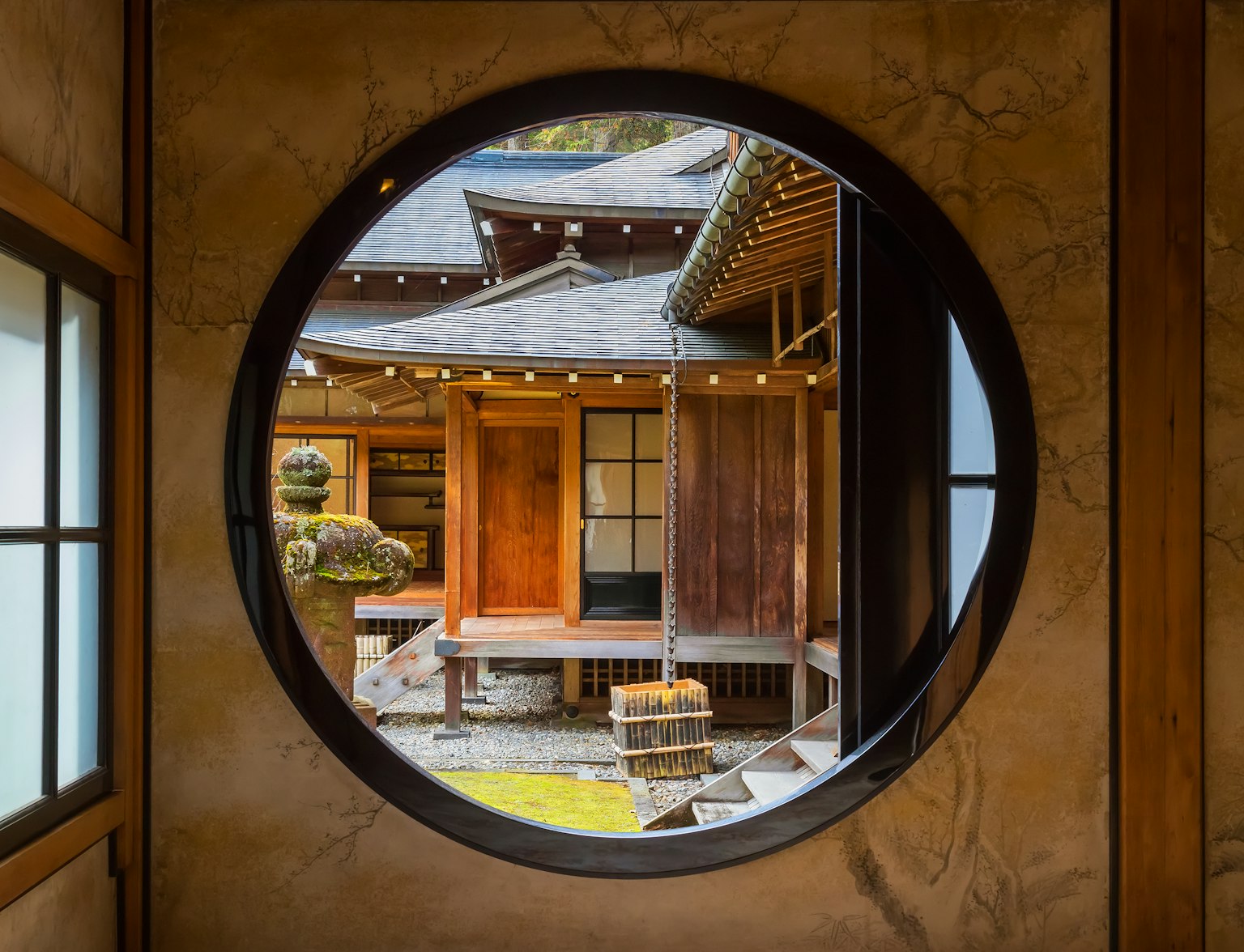
Visit Nikko's iconic landmarks.
Hakone is a paradise for nature lovers, with its breathtaking scenery, hot springs, and cultural attractions. Located just 80 kilometers southwest of Tokyo, it's easily accessible by train, bus, or car. From the majestic Mount Fuji to the tranquil Lake Ashi, Hakone is a feast for the senses that attracts visitors year-round.
Hakone is renowned for its natural beauty and breathtaking scenery, making it a popular destination for nature lovers worldwide. One of its most iconic landmarks is Lake Ashi, a serene volcanic lake that offers stunning views of Mount Fuji and the surrounding mountains. Visitors can take a leisurely boat ride across the lake or hike along the scenic trails that provide a perfect vantage point for appreciating the stunning scenery.
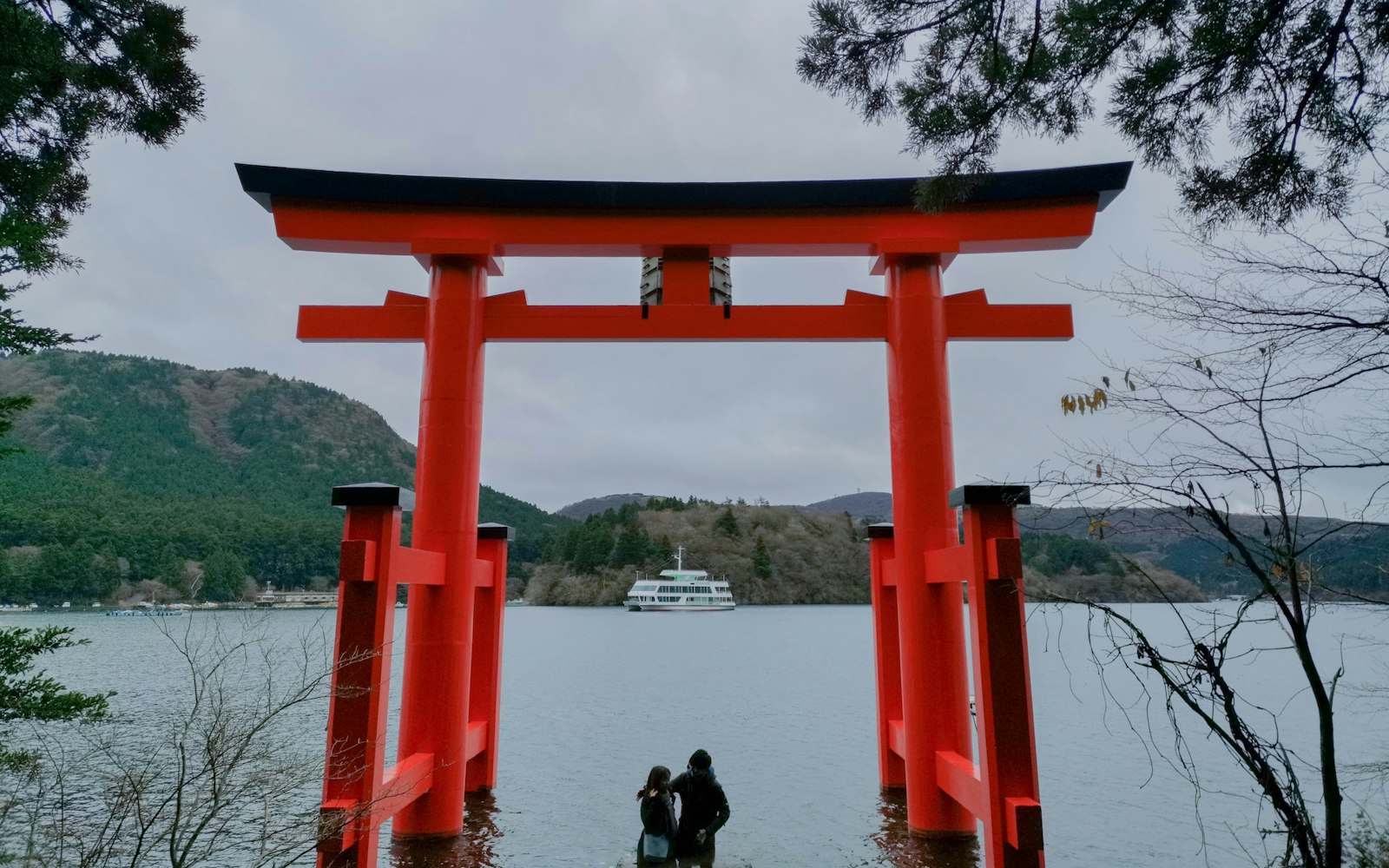
Hakone is also home to various hiking trails suitable for all fitness levels. The most popular trail is the Hakone Hiking Trail, which starts at Hakone-Yumoto Station and leads to Lake Ashi. This trail offers magnificent views of the city's natural wonders, including dense forests, waterfalls, and hot springs.
Hakone is a city of natural wonders steeped in culture and history. Visitors can explore the city's rich cultural heritage and immerse themselves in its art, architecture, and traditions.
One of Hakone's most popular cultural attractions is the Hakone Open-Air Museum, which showcases an impressive collection of contemporary art amidst lush greenery and natural hot springs. Visitors can enjoy a leisurely stroll through the open-air museum and admire the art installations that blend seamlessly into the surrounding nature.
Hakone is famous for its hot springs or onsen, which are said to have healing properties and are a popular destination for visitors looking to unwind and rejuvenate. The city is home to numerous onsen, ranging from traditional Japanese baths to modern facilities that cater to all ages.
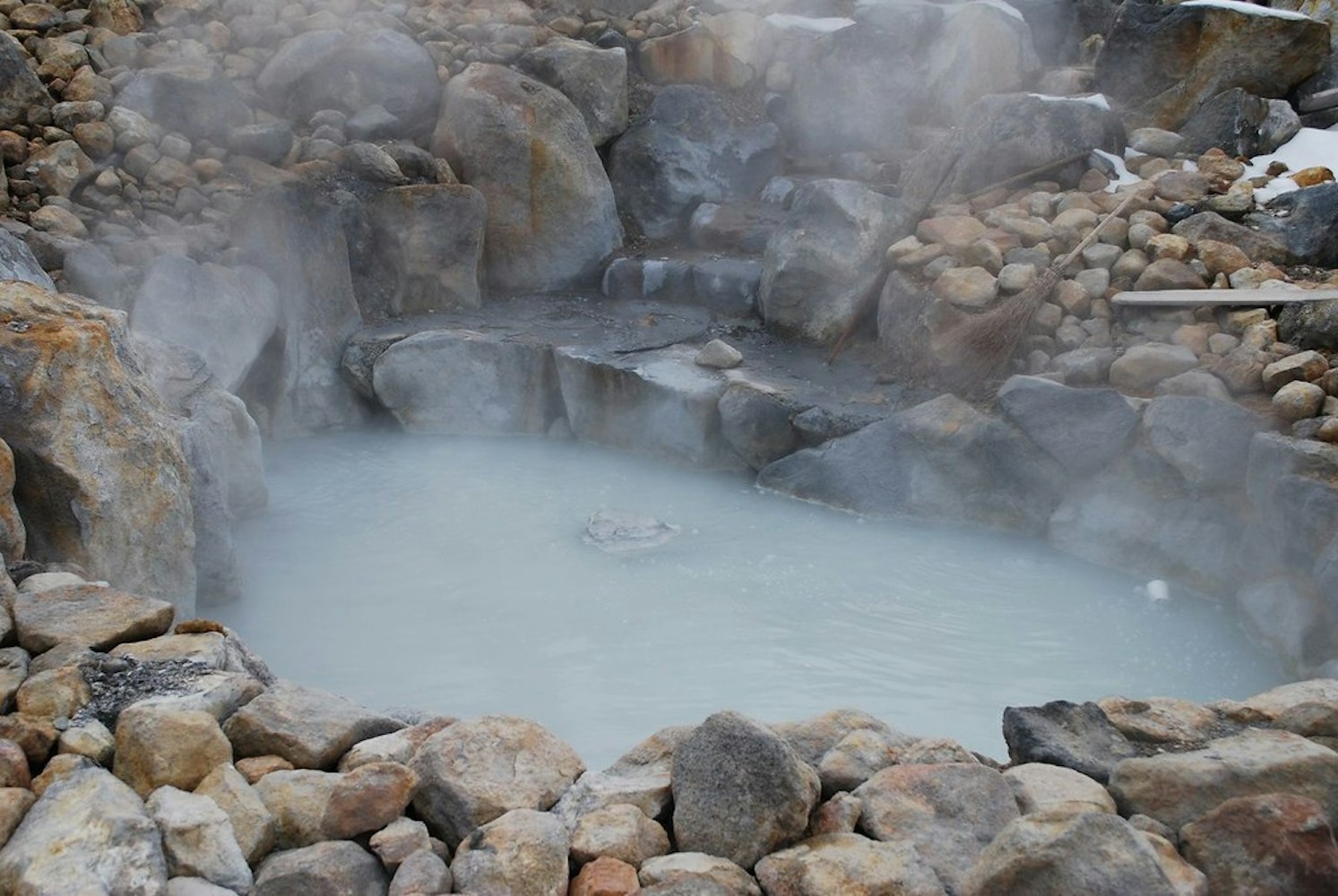
Image Credit: olemiswebs
One of the most popular onsens in Hakone is the Tenzan Onsen, which features outdoor and indoor baths that overlook a lush forest. The onsen is designed in a traditional Japanese style, with natural hot springs that are said to have healing properties for both body and mind. Visitors can also enjoy massages, aromatherapy, and other spa treatments that enhance the relaxation experience.
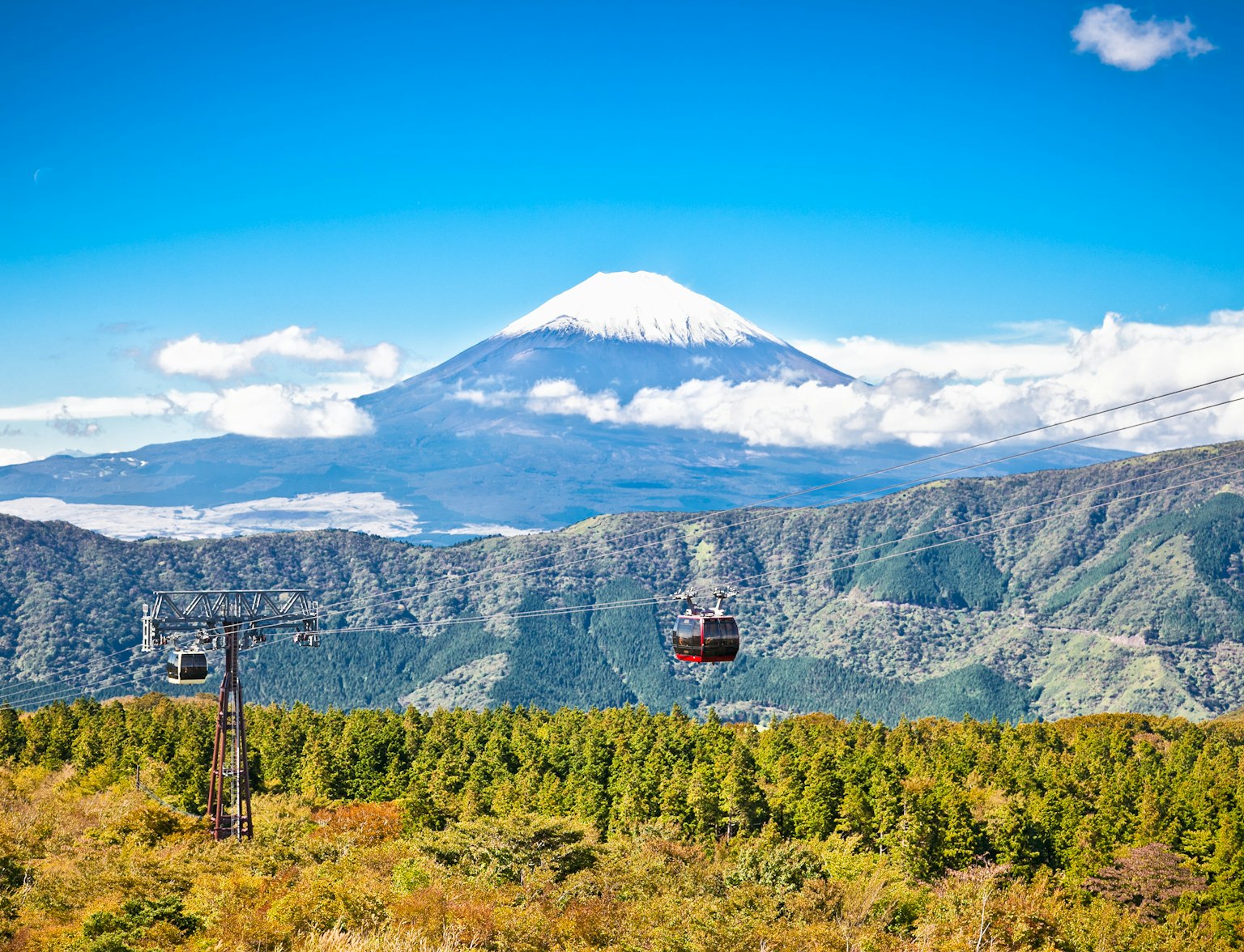
Discover Hakone's majestic scenery.
Mount Fuji, located about 100 kilometers southwest of Tokyo, is an active volcano that last erupted in 1707-1708. Revered as a sacred mountain, it is an important symbol of Japanese culture and has been the subject of many works of art, literature, and religious practices throughout history. The mountain's shape, with its snow-capped peak towering above surrounding hills and lakes, has become an iconic image associated with Japan

Climbing to the summit of Mount Fuji is a popular activity for tourists and locals alike. The official climbing season runs from July to September, and visitors can choose from several routes with varying degrees of difficulty. The most popular route is the Yoshida Trail, which is well-maintained and offers amenities such as restrooms and food stalls.
Climbing Mount Fuji is a challenging activity that requires physical fitness and proper equipment, such as hiking boots, warm clothing, and a headlamp for night climbing. Altitude sickness can also be a concern for climbers, so it's important to take time to acclimate to the higher elevation.
For visitors who prefer a less strenuous activity, hiking along the foothills of Mount Fuji is a great option. There are numerous hiking trails that offer stunning views of the mountain and the surrounding landscapes.
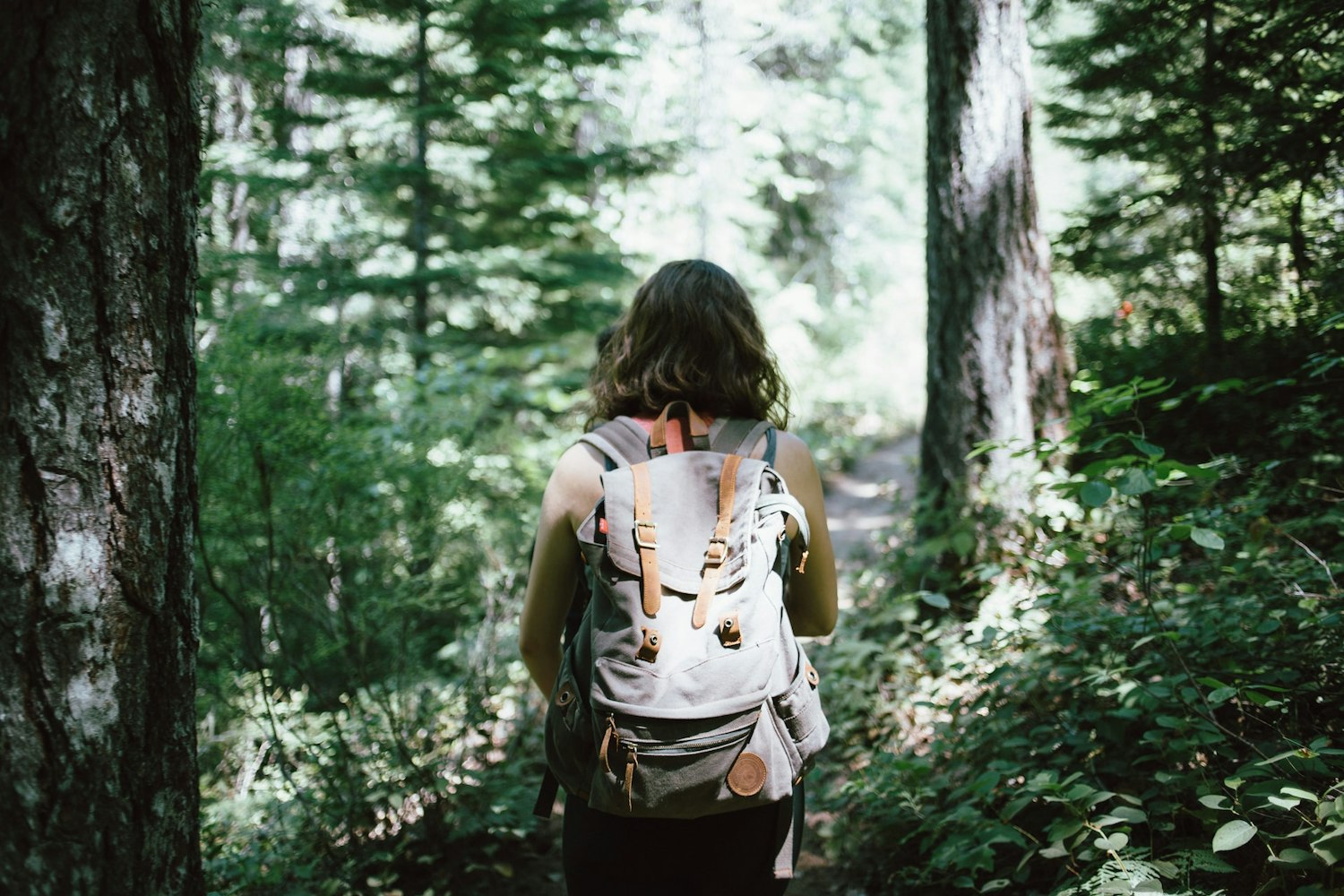
One popular trail is the Fujinomiya Trail, which starts from the Fujinomiya 5th Station and offers views of Mount Fuji's southern face. Another option is the Aokigahara Forest which is known for its beautiful scenery and lava caves.
If you prefer to take in the beauty of Mount Fuji without hiking or climbing, there are several scenic viewing spots that offer spectacular views of the mountain. The Chureito Pagoda, located in the town of Fujiyoshida, is a popular spot for photographers and offers panoramic views of Mount Fuji and the surrounding landscapes.
Lake Kawaguchi is another popular spot, offering stunning reflections of Mount Fuji on calm days. Mount Fuji 5th Station is also a great spot to take in the mountain's beauty and is accessible by car or bus.
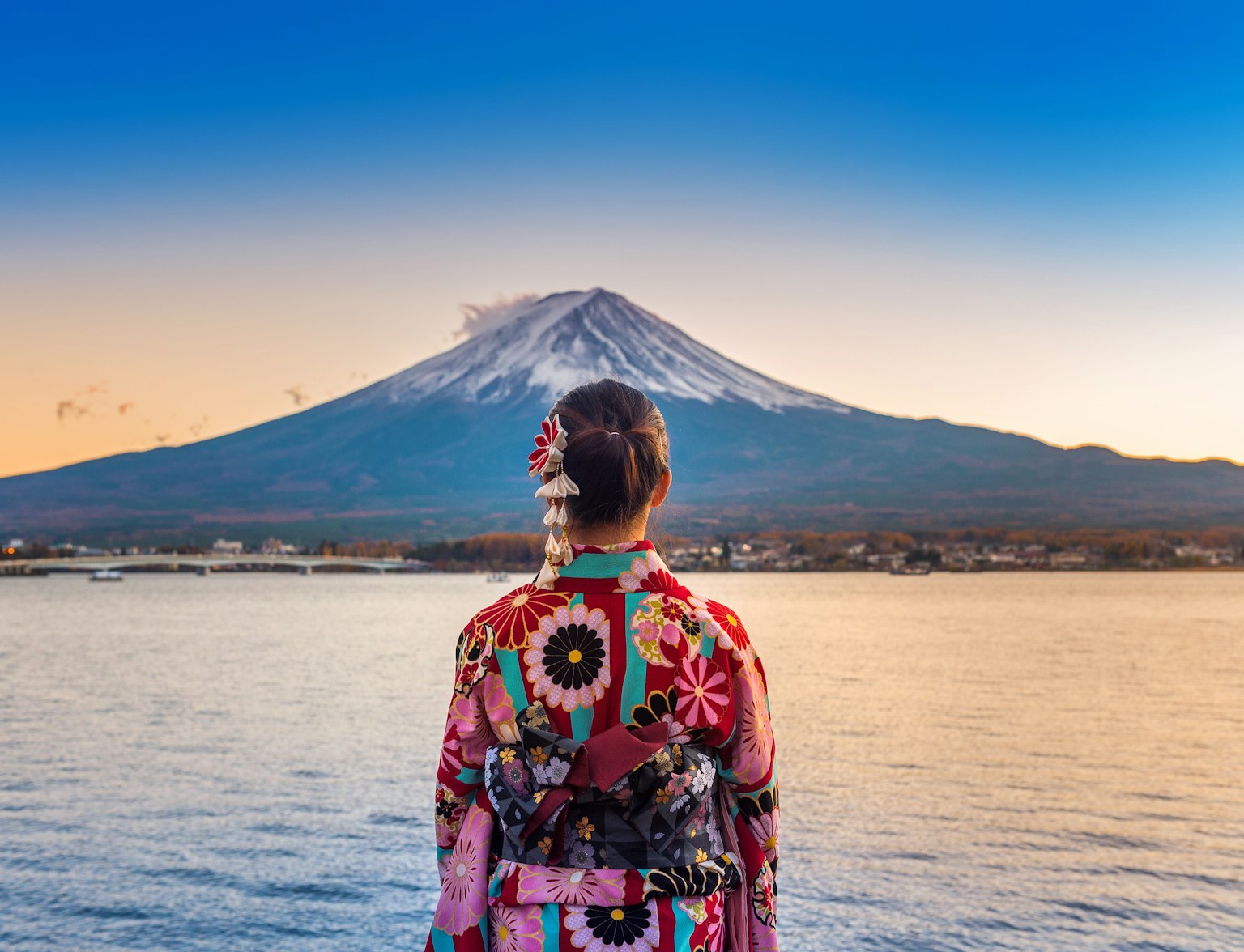
See Mt. Fuji's reflection in Lake Kawaguchi.
Before embarking on a Mount Fuji excursion, it's important to be prepared with the right equipment, transportation, and safety considerations. Climbing Mount Fuji requires proper gear, such as hiking boots, warm clothing, and a headlamp for night climbing. Visitors should also consider transportation options, as Mount Fuji is located outside of Tokyo and requires several hours of travel time. The closest train station is the Fujisan Station, and from there, visitors can take a bus or taxi to the mountain's base.
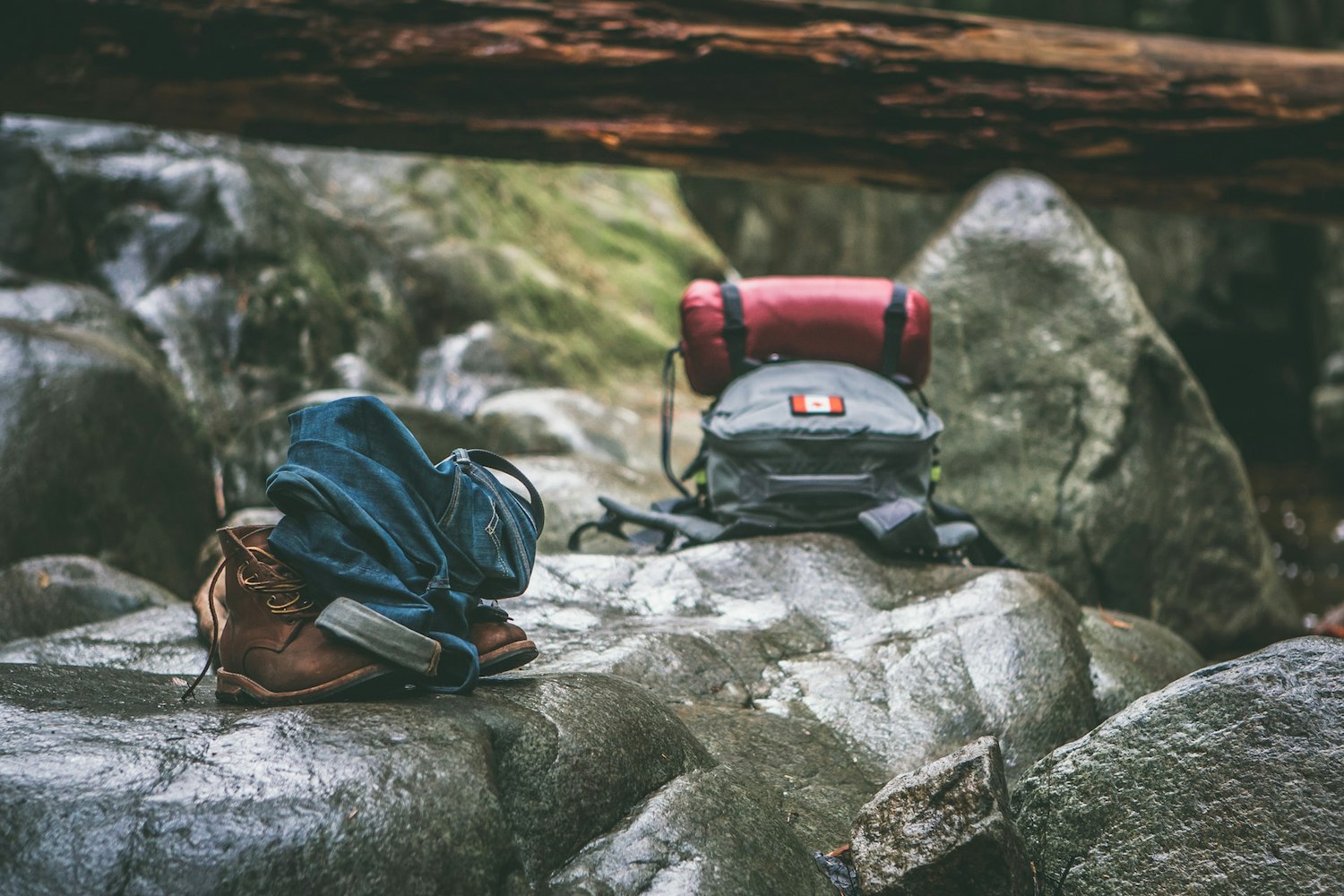
Additionally, visitors should be aware of safety considerations, such as altitude sickness and unpredictable weather conditions. It's important to acclimate to the higher elevation, stay hydrated, and check weather forecasts before embarking on any Mount Fuji excursion.
Kawagoe is a small town located just 30 minutes outside of Tokyo, known for its well-preserved Edo-era architecture. Once an important trading center in the 17th and 18th centuries, Kawagoe retains much of its historical charm and cultural significance. Visitors to Kawagoe can take a step back in time and experience the rich history of Japan's past.
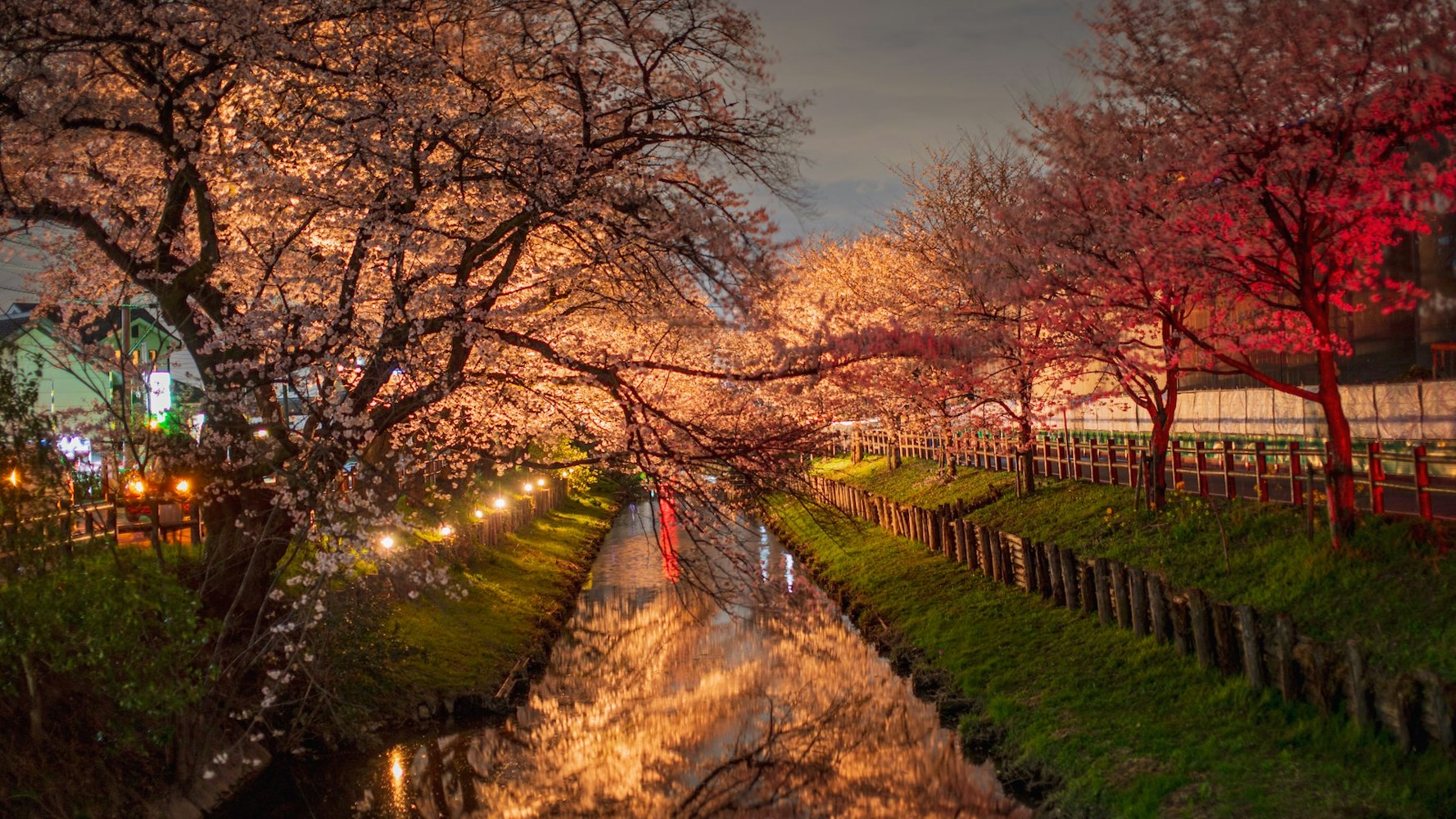
Kawagoe's historic district, known as "Little Edo," is home to a wealth of well-preserved Edo-era buildings and traditional Japanese homes. Visitors can stroll through the narrow streets and alleyways and admire the unique architecture and charming atmosphere of the town. The iconic symbol of Kawagoe is the Bell Tower, which dates back to the 1600s and is one of the few remaining bell towers in Japan. Other notable landmarks include the Kita-in Temple, the Kawagoe Castle ruins, and the Toki no Kane clock tower.
In addition to its historic architecture, Kawagoe offers visitors a range of attractions and cultural experiences. Kashiya Yokocho, also known as "Candy Alley," is a popular destination for its traditional candy shops and local sweets. Kawagoe Castle, although in ruins, offers stunning views of the town and its surroundings. The Kawagoe Festival, held annually in October, is another must-see event featuring traditional floats and performances.
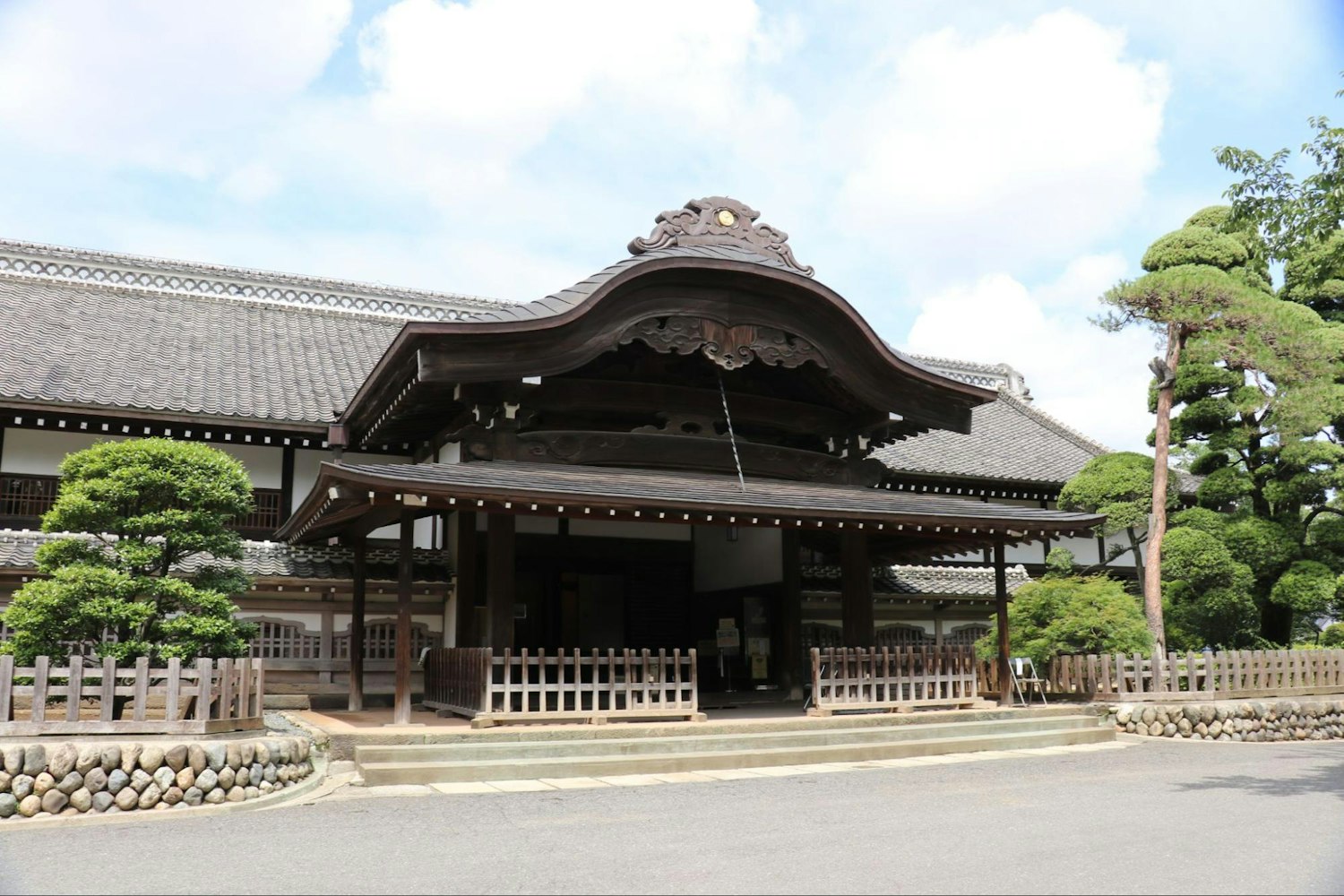
Image Credit: Wikimedia
Navigating Kawagoe is relatively easy, as most of the town's attractions are located within walking distance of each other. The town is also easily accessible by train or bus from Tokyo. Visitors can take the Tobu Tojo Line from Ikebukuro Station in Tokyo to Kawagoe Station, which takes approximately 30 minutes. Alternatively, buses from Tokyo also offer transportation to Kawagoe. The best time to visit Kawagoe is in the fall when the leaves change color, and the town is at its most picturesque.
As you can see, Japan has so much more to offer than just its bustling capital city of Tokyo. From the ancient capital of Kamakura to the serene beaches of Enoshima and Kamakura, each destination offers a unique glimpse into Japan's rich culture and natural beauty.
Whether you're interested in exploring historic landmarks, indulging in natural hot springs, or taking on the challenge of climbing Mount Fuji, there's something for everyone. So if you're planning a trip to Japan, be sure to venture beyond Tokyo's borders and discover the hidden gems and unforgettable experiences waiting for you in the surrounding areas. With so much to explore, you'll be sure to make memories that will last a lifetime.
